there is no such thing
as degenerative disc disease
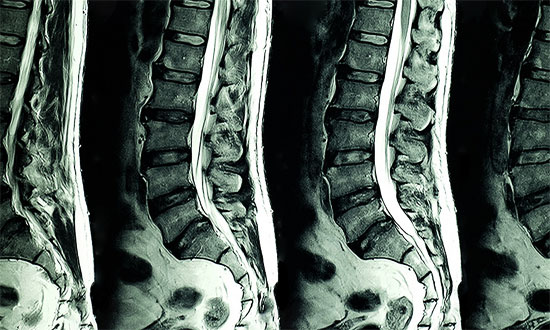
How to treat degenerative disc disease starts with a simple realisation: there is no such thing.
The lumbar discs – and other structures of the spine – can and do suffer some degree of age-related degeneration throughout life, but this is an entirely normal process and not a disease. More importantly, a diagnosis of degenerative disc disease does nothing to solve the issue, as it fails to account for and understand what the specific pain triggers are.
Degenerative disc disease symptoms
Most people are aware that they lose height as they age; this is mostly due to the discs losing hydration. This loss of height can result in stenosis or sciatica depending upon individual anatomy, or can result in instability, where small micro movements occur and trigger pain.
Professor emeritus Dr Stuart McGill, the world’s foremost spinal researcher, likens this loss of height to letting air out of a tyre. A slightly flattened tyre tends to move around the road surface more. Similarly, a slightly flattened disc loses stiffness, and the resulting joint instability can trigger pain.
Flexion intolerance may therefore be one symptom of disc degeneration,but there are other issues that can occur due to disc degeneration. Stenosis can occur due to age-related thickening of bone and ligaments, which restrict the passage of the sciatic nerve and results in pain. Stenosis has specific pain triggers that can be assessed and treated.
Instability may occur due to previous injury or a flattened disc. Facet joints may thicken and become arthritic. All of these causes will result in specific pain triggers that can be assessed and treated, and allow normal activities to resume.
At Functional Low Back Rehab, rehabilitation is about you being able to live a normal life again.
Is Walking Good For a Degenerative Disc?
Walking is generally good for all forms of low back pain, but there are caveats. Walking generally occurs with some degree of spinal extension, so is good for flexion intolerant people.
For those with stenosis or extension-related back pain, walking can be irritable in the initial stages.
As difficult as it may be to believe, there is a correct method to walking. Most people walk slumped forward, which can prolong flexion-related back pain symptoms. Walking should be upright, with a free and full arm swing and a purposeful stride. This will provide the cyclic compression necessary for spinal health.

Degenerative lumbar spine structures require a comprehensive assessment to accurately diagnose pain triggers . Once those triggers are removed for a time, capacity is rebuilt to allow daily activities to recommence with confidence.
Lumbar disc degeneration will have specific pain triggers that can be assessed for and rehabilitated, rather than giving an all-encompassing degenerative disc disease diagnosis.
Walking is generally excellent for spinal health, but can cause issues for those with low back pain caused by stenosis. A general recommendation to go for a walk, therefore, needs to be assessed on an individual basis.
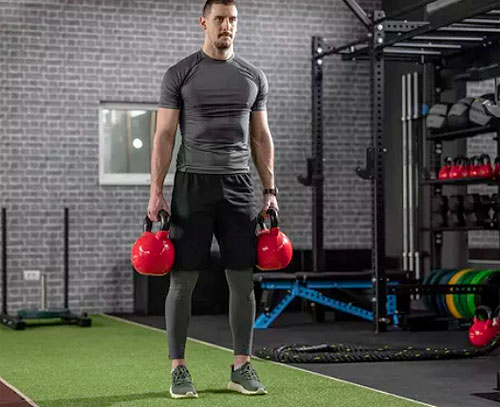
What is the Best Exercise For a Degenerative Disc?
One of the most important aspects of rehabilitation for most people is building capacity in the fundamental movement patterns such as squatting, hip hinging, lunging and carries.
Such movement patterns are used numerous times daily, often incorrectly, which can predispose to injury and cause pain to linger.
Performing these movements correctly and strengthening them with the right exercise at the right time is one of the keys to successful rehabilitation, especially with degenerative structures.
The passive, active and neural approach to spine dysfunction is related to the three systems which provide stability to the spine.
Discs, ligamaments are bones are passive tissues – you can’t contract them. Muscles comprise the active system. The neural system is movement and motor control patterns.
Simply, when a passive structure such as a disc is injured, then the other two systems must make up for the resultant decrease in stability, hence the importance of correcting movement dysfunction, restoring motor control, developing core stability, and improving mobility restrictions.
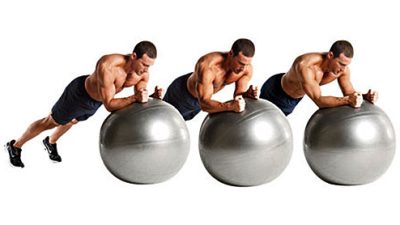
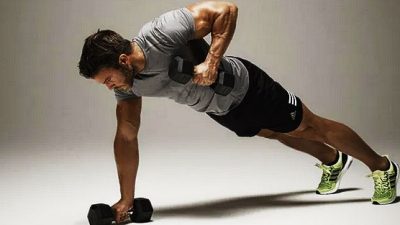
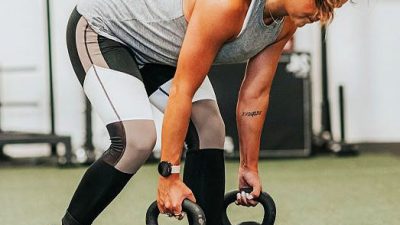
The stir the pot, renegade rows and offset kettlbell deadlift are three examples of progressions that may be needed for lumbar spine rehabilitation depending upon goals and daily demands.
Many people, especially if they have relatively sedentary lifestyles, may find basic core stability exercises enough. But then, maybe they won’t, which is why a thorough assessment will always be the key.
Back pain isn’t for life – unless you want it to be.
related articles




Sciatica is one of the most common lower back issues. Sciatica, however, is an imprecise diagnosis. It does nothing to describe why you may have sciatic pain.
Degenerative disc disease is another common term used by the uninformed to label back pain. The structures of the lumbar spinecan and do undergo some degree of degeneration throughout life, but it is not a disease.
Stretching is often given for people that suffer from back pain by misguided individuals. Stretching may make you feel better, but is also prolonging your pain. Confused?:
The Jefferson curl has achieved almost mythic status among some people in regards to back pain. The truth of the matter is rather different.